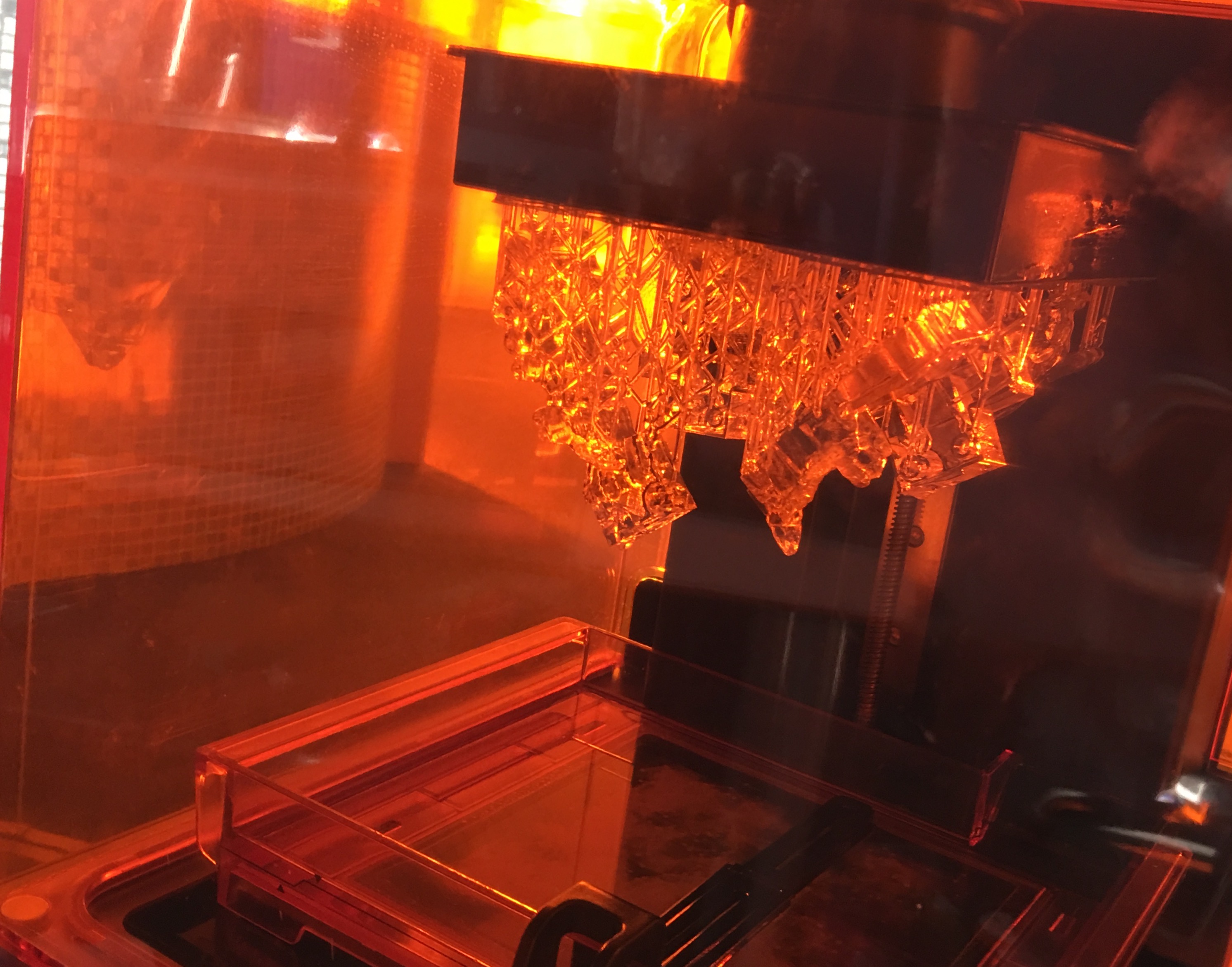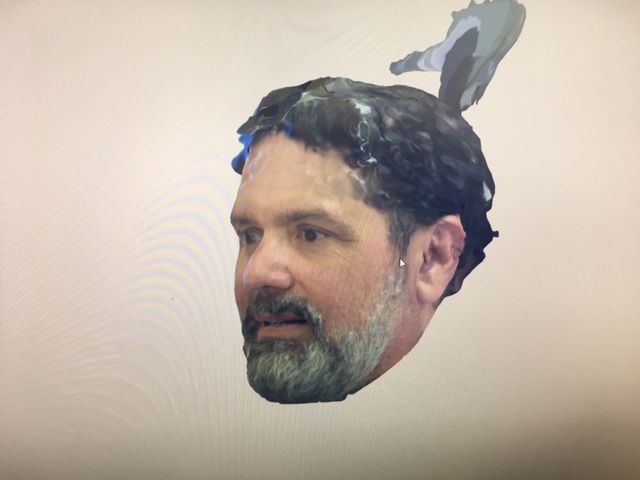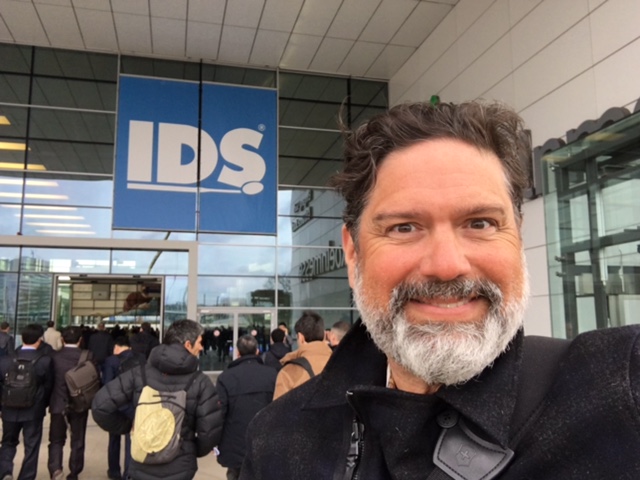The International Dental Show (IDS) is the world’s largest trade show in the field of dentistry.
The show is held every two years in Cologne, Germany at the end of March and this year I had the unique opportunity to be at the show! IDS, is quite literally the Superbowl of dentistry with over 2300 exhibitors representing over 59 countries around the world. At this show the entire depth and breadth of the dental industry is represented. Over 150,000 people attended the show for the chance to see the latest products and innovations in dentistry, many of which have yet to hit the US market.
We at Dream Dental pride ourselves on being at the cutting edge of dentistry; we take great pleasure in providing our patients with the utmost in technology. Our patients can always rest assured that they are getting the best materials and products that dentistry has to offer. Whether it is voice activated probing for dental hygiene, periodontal laser pocket therapy, new advances in dental materials, or 3D scanning and milling, we like to go above and beyond the standard of care and be at the forefront of the industry. We also realize that the landscape in dentistry is ever changing at a breakneck speed, therefore we always need to have our finger on the pulse of what new innovations are coming our way. I came back from Germany invigorated by the newest advances that I discovered during my visit.
Some of the advances I saw that we can expect to see in the field of digital dentistry are:
Laser Sintering

Selective Laser Sintering (SLS) is a process by which a laser is used to melt powdered metal (Cobalt-Chromium) into a three dimensional model. We are already seeing 3D printers finding applications in dentistry to build diagnostic models in resin composites, but we are now moving in the direction of being able to print metal in 3D. This is revolutionary because metal is traditionally a difficult medium to work with. In the past, in order to shape metal we have either had to cast the metal or mill the metal into a framework to meet our needs. Casting can prove to be difficult due to shrinkage and distortions from temperature changes. Milling, while more accurate, has the challenge in that it is an expensive and time consuming process. The ability to 3D print metal is a game changer that will open new doors of opportunity in what we can offer our patients.
3D Printing

The 3D printing industry has been a rising star in dentistry bringing a number of new concepts to the playing field. We are constantly finding new dental applications to use 3D printing, from the ability to print skeletal models of our patients for surgical planning to printing models of teeth for patient acceptance prior to fabrication of the final restorations. The technology is now moving toward the ability to print dental ceramic material. Once this becomes a reality we will be able to print temporaries and even print final restorations for our patients.
All-Ceramic Implants

The all-ceramic implant is made of zirconia. Zirconia is not new to dentistry; in fact we know that it is a very strong material and therefore we have been using zirconia for years as the restorative material of choice for creating our crowns and for restoring our full mouth rehabilitation patients with the Zirteeth solution. But a zirconia implant is still a relatively new concept. It is ideal for use as an implant material for several reasons. Zirconia is a white material, ideal for patients with thin or translucent gum tissue. There is an indication for an all-ceramic implant in the esthetic zone where we would not want to have the grey from titanium show. Zirconia is also a hypoallergenic material for patients who have skin sensitivities or compromised immune systems. Lastly, zirconia is a holistic material for patients who insist on not having any metal in their restorations.
Smile Design Software

Smile Design Software is the use of dental specific photo editing programs that allow the dentist and laboratory technician to present an esthetically and functionally rehabilitated smile in a digital format prior to realizing it in the patient’s mouth. This can also be edited into a portrait picture of the patient to give a full appreciation of what the new restorations will look like. With the 3D face scanning capabilities that are now available on newer computerized tomography (CT) machines, images can even be designed in a 3 dimensional format. Automatic calibration instruments within the program allow for precise measurements and dimensions to be obtained making the conversion of the virtual design into reality more reliable and predictable.
Dynamic Implant Navigation

This new technology is based on motion tracking. It is designed to guide the placement of the implants in real time, directly from the information that has been generated off the patient’s CT scan (computerized tomography). Through triangulation, the program tracks the position of the dental drill in relation to the patient’s mouth throughout the procedure. Again, the goal of this software is to make the placement of dental implants more ideal and predictable.
IN CONCLUSION
This is a very exciting time to be in dentistry. Some experts in the field are even calling this the age of the Digital Dental Revolution. We know that dentistry has always been a blending of the disciplines of art and science. But now we are entering an era where technology is playing a bigger part in the field than ever before. In fact, now we must add a third discipline into the practice of dentistry – art, science and technology. Digital technology is providing such amazing opportunities that incorporating new methods for restorations can be challenging, forcing us out of the status quo of how dentistry has been practiced for the past century. The Digital Dental Revolution is pushing dentistry into the new millennium. As dental professionals these advances inspire our passion to move toward these new possibilities and being a part of this revolution is truly a remarkable and exciting endeavor!


